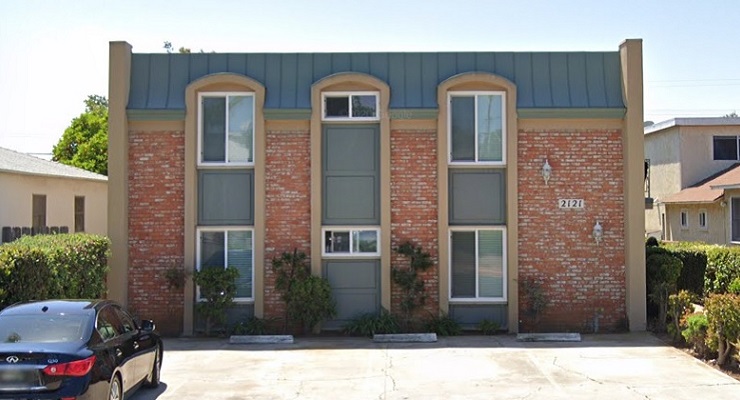
Home sales this year could be drastically affected by the lower number of housing starts reported.
According to a recent report by MarketWatch, the construction of new homes fell 0.8% in March to a rate of 1.42 million due to slower work on apartment buildings.
This could leave buyers with limited options.
At the same time, according to CAR, housing affordability deteriorated in 2022 for all California ethnic home-buying groups.
Home prices soared to record highs last year and interest rates jumped to levels not seen in more than a decade. According to CAR, only one in five of all Californians earned enough income to support the purchase of an $822,320 statewide median-priced home in 2022, down from just over one in four in 2021.
About one-fourth of White California households and a little over one in 10 Black and Hispanic/Latino California households could afford the same median-priced home, while 31% of Asians could buy a median-priced home, the CAR weekly report noted. The significant difference in housing affordability for Black and Hispanic/Latino households could worsen as the economy slows and rates remain elevated in 2023, the report added.
According to the Wall Street Journal, economists had forecast a 1.4 million rate of new housing starts. This is the number of homes that would be built over an entire year if construction took place at the same rate in every month as it did in March.
Nationwide, however, building permits, a big tell in the pace of future construction, fell 8.8% to a 1.41 million rate, the US government said Tuesday. This was a larger drop than expected.
Stephen Stanley, chief US economist at Santander US capital markets, wrote recently, “New home inventories had gotten bloated last year when demand sank… Builders slammed on the brakes in terms of start, and the pipeline of new single-family homes under construction has thinned considerably.”
Stanley added, “My sense is that, barring a significant pick up, new home sales builders have more work to do in getting inventories down. This means that even if housing starts are in the process of bottoming out, they are unlikely to strengthen considerably in the near term.“
Mortgage rates, of course, remain a factor.
As Catherine Judge at CIBC economics wrote recently, “all the home purchase intentions were supported by lower mortgage rates in March, we expect mortgage rates to rise in the coming months as markets push rate cut expectations into 2024, compound with the impact of tighter. Learning standards as a barrier to home building ahead.“
US Economic data released last week showed that the U.S. economy is losing momentum as monetary policy tightened slow growth as intended, the California Association of Realtors (CAR) recently reported.
Retail sales and inflation posted a second-straight monthly decline. However, prices remain elevated for core goods and services which will likely push the Fed to hike up rates at their upcoming May meeting one more time by another 25 basis points.
Consumers adjusted their expectations around inflation and, although still relatively pessimistic overall, said the CAR report, their long-term sentiment remains stable. Californians will continue to face inventory challenges in 2023, as fewer realtors are listing properties ahead of the usual spring home buying season.
And inventory might get worse before it gets better.
A CAR monthly member survey revealed that the percentage of realtors with listing appointments dropped for the second consecutive month.
The share of CAR market survey respondents with a listed property fell to 18.3%. Many are also more pessimistic about the number of listings going up, as the share dropped for the second consecutive month. The number of sellers holding back from selling also jumped to the second highest level on record since the survey began nearly two years ago, said the CAR report.







